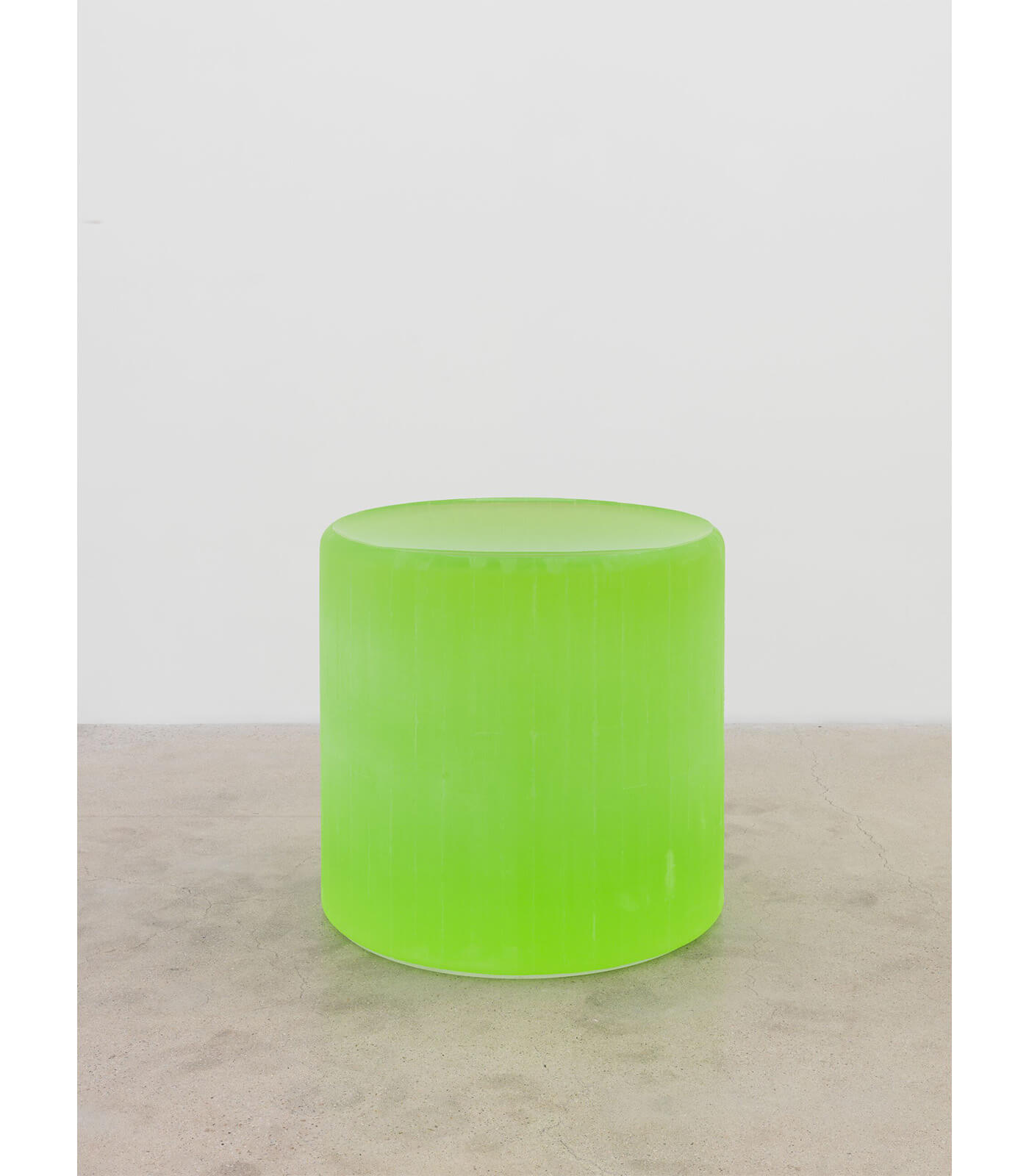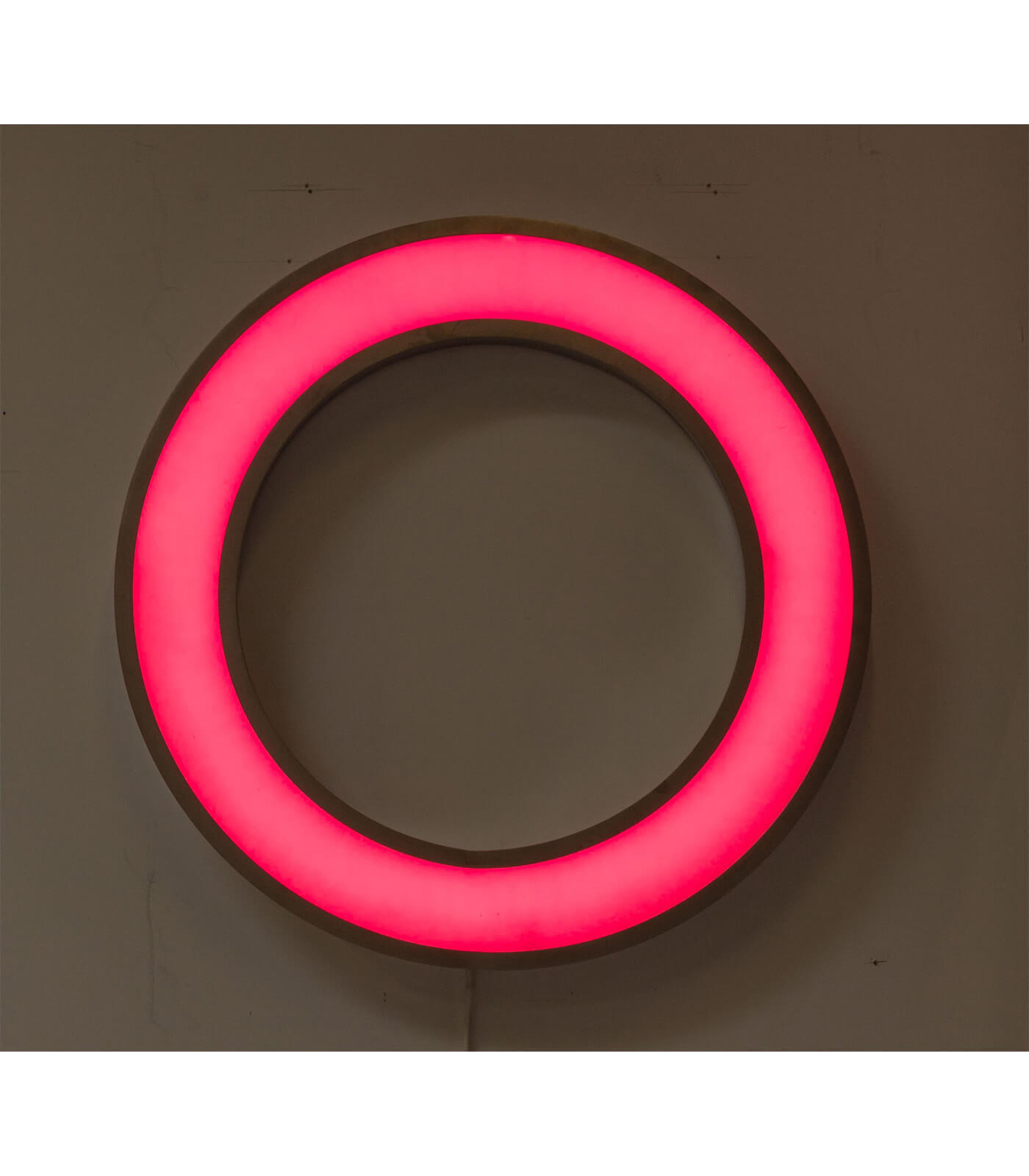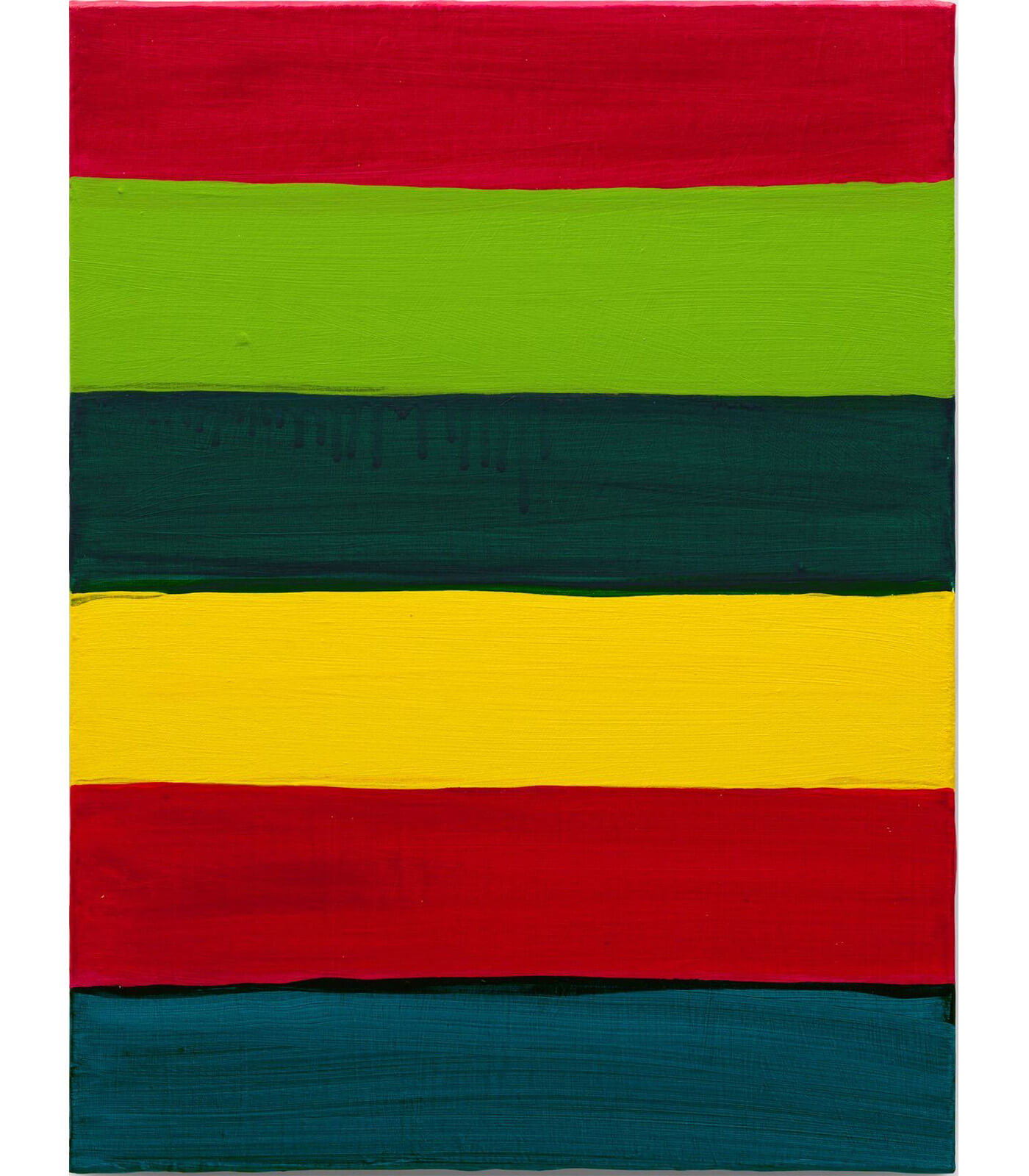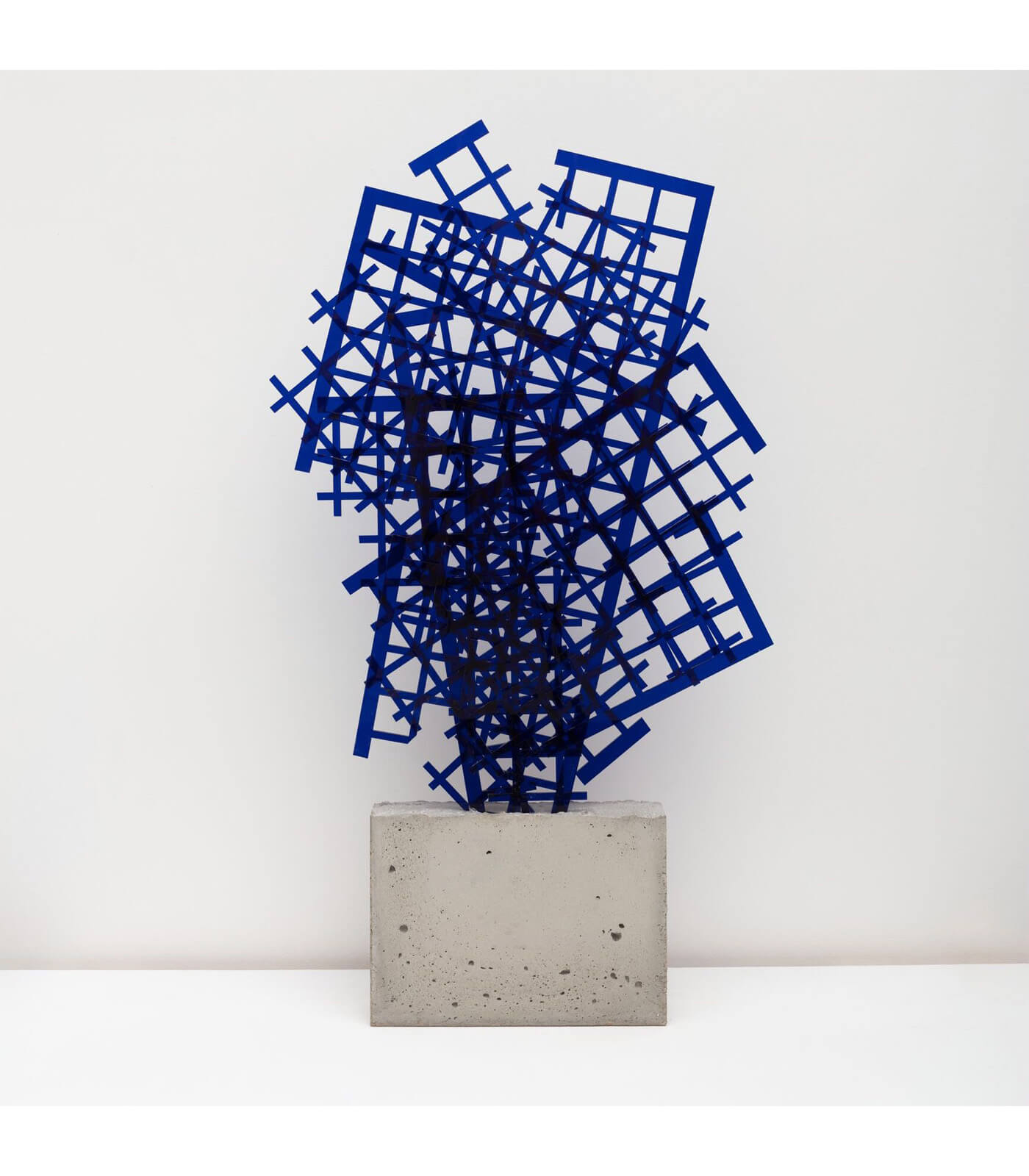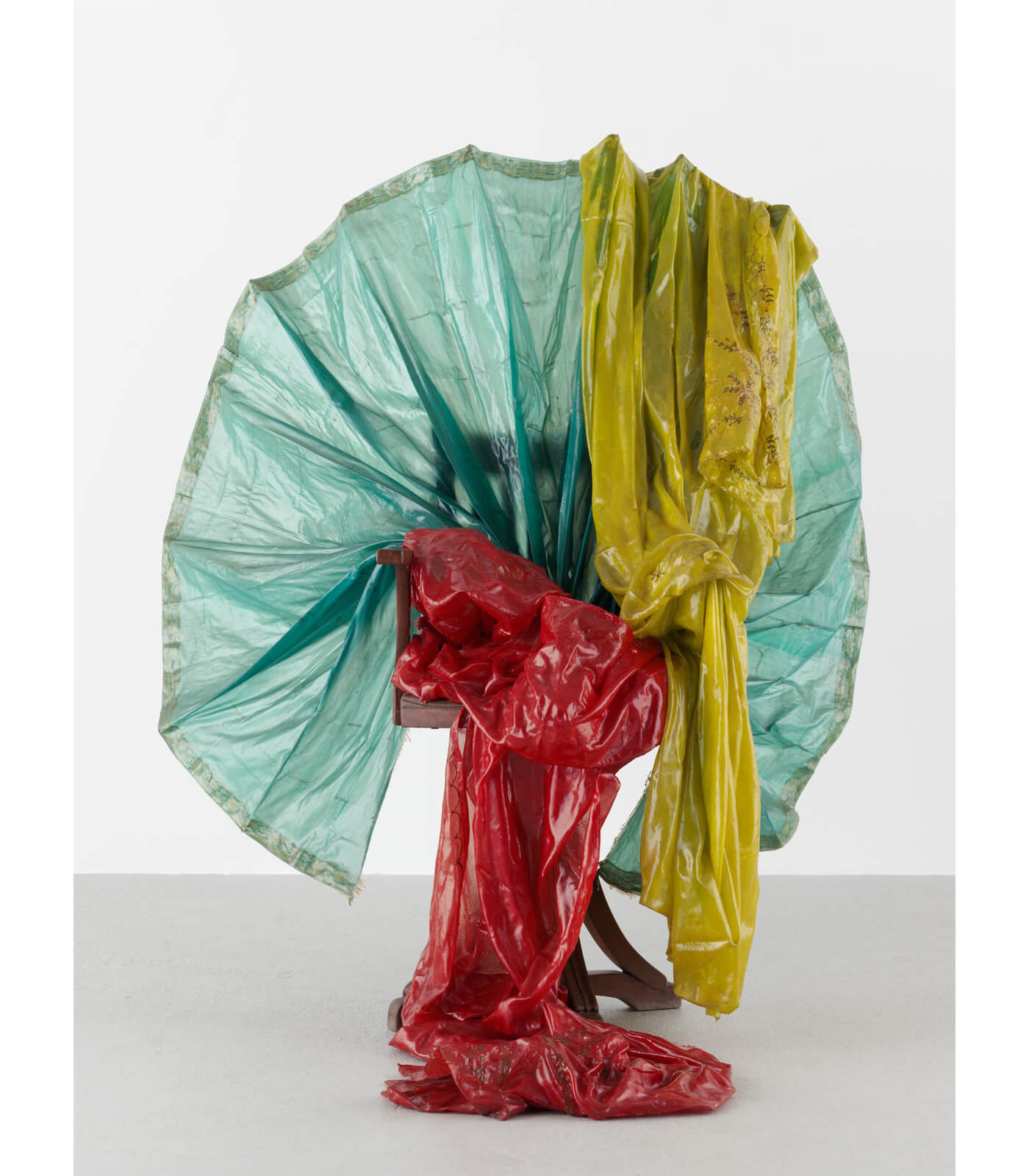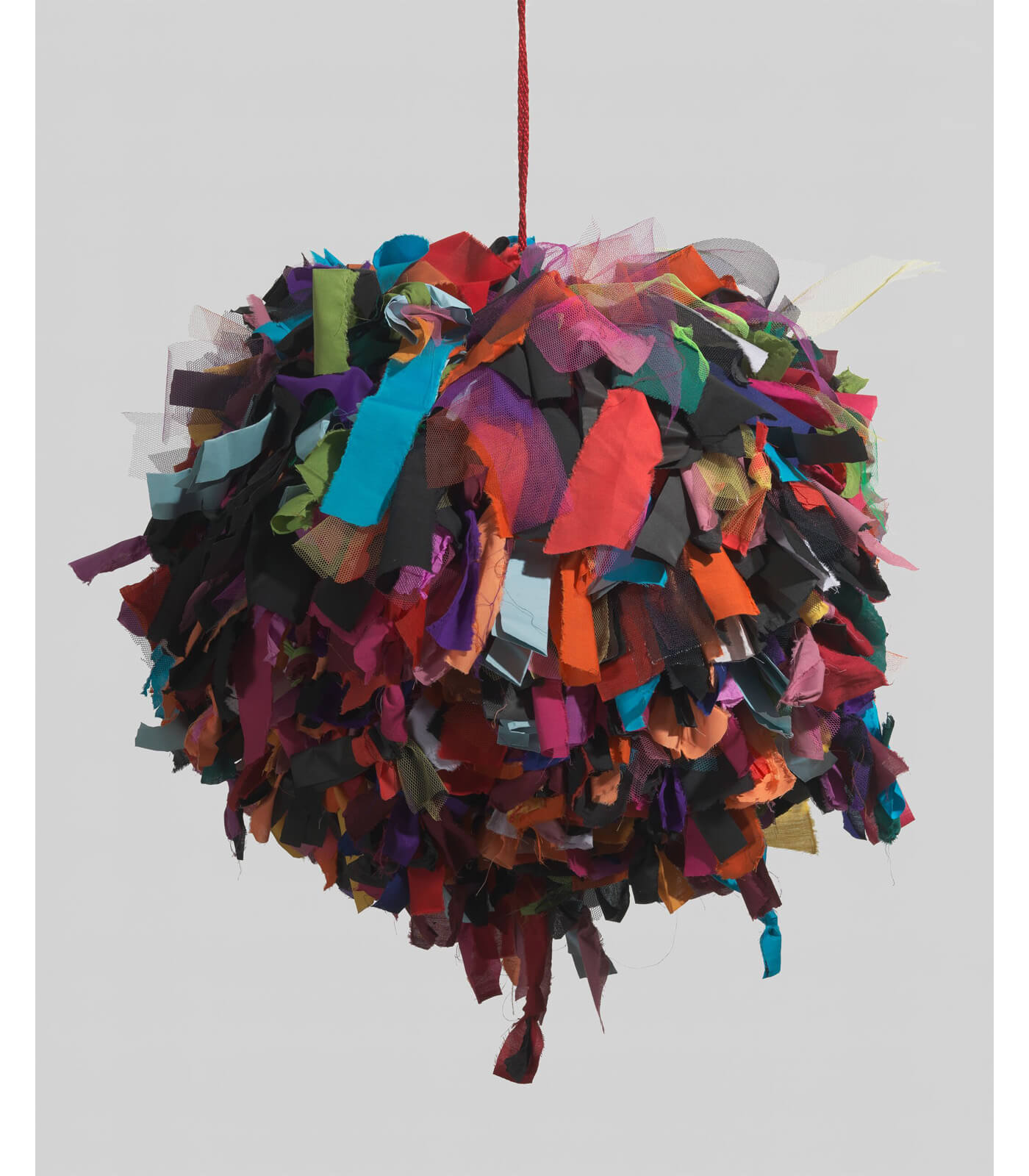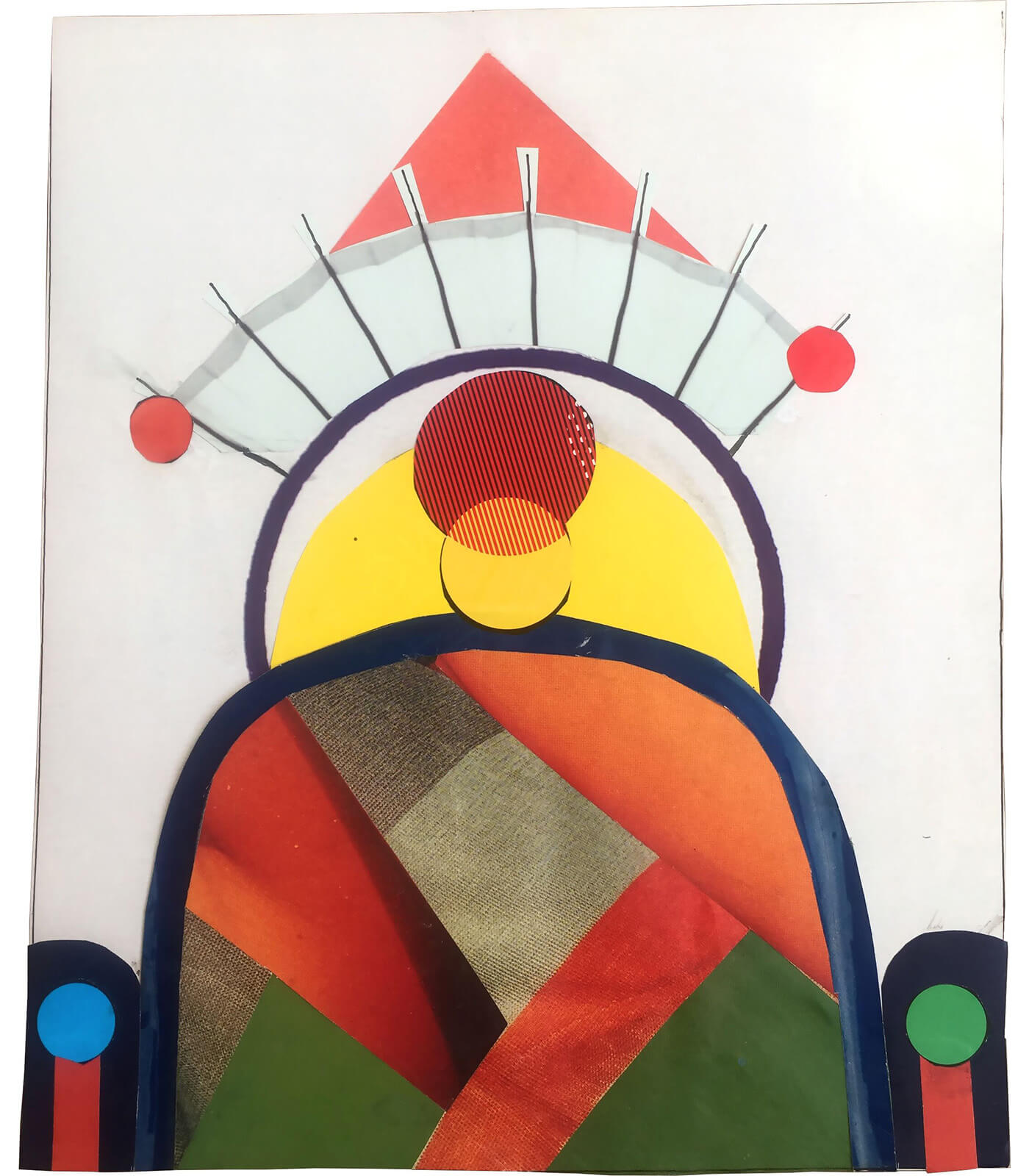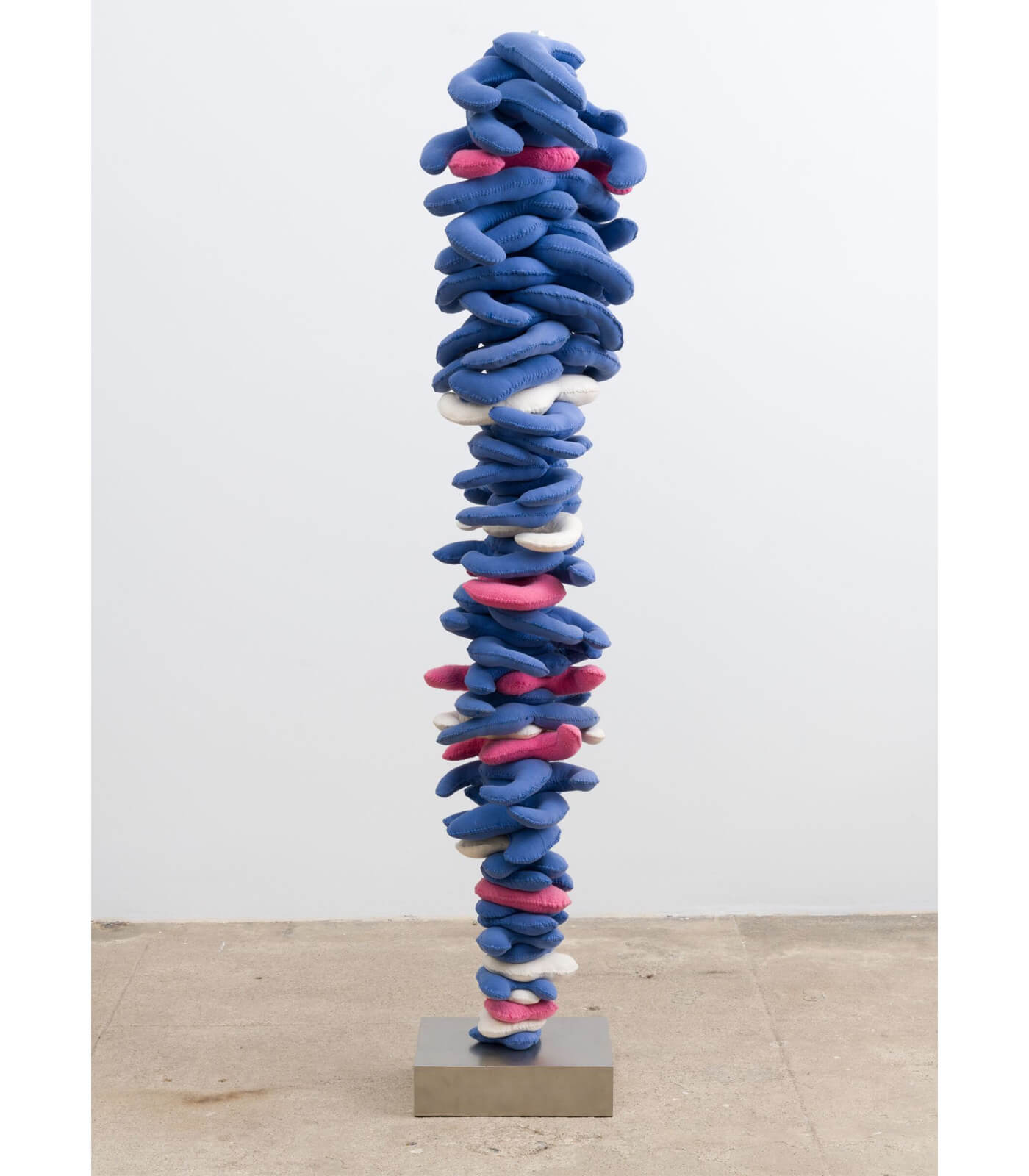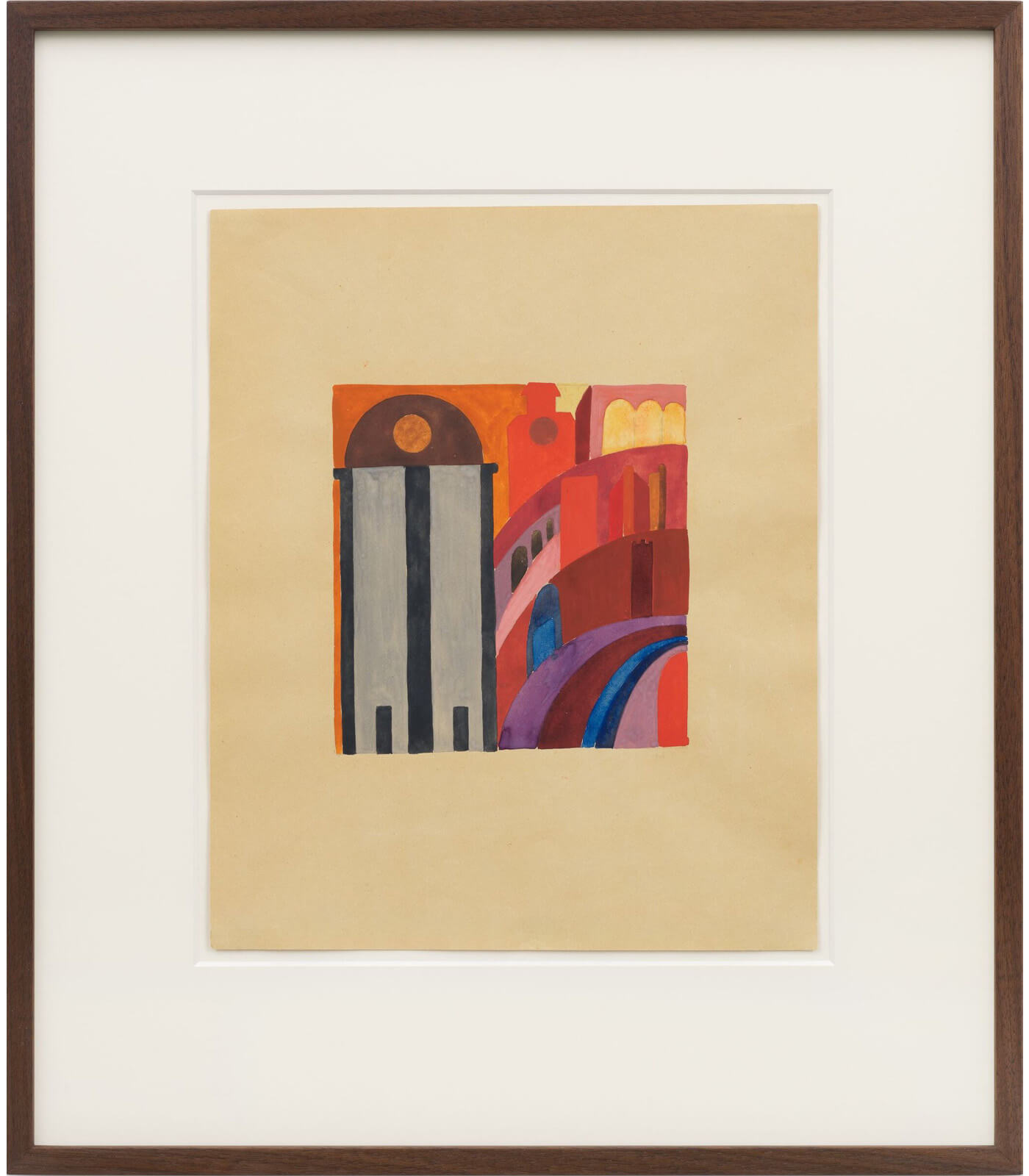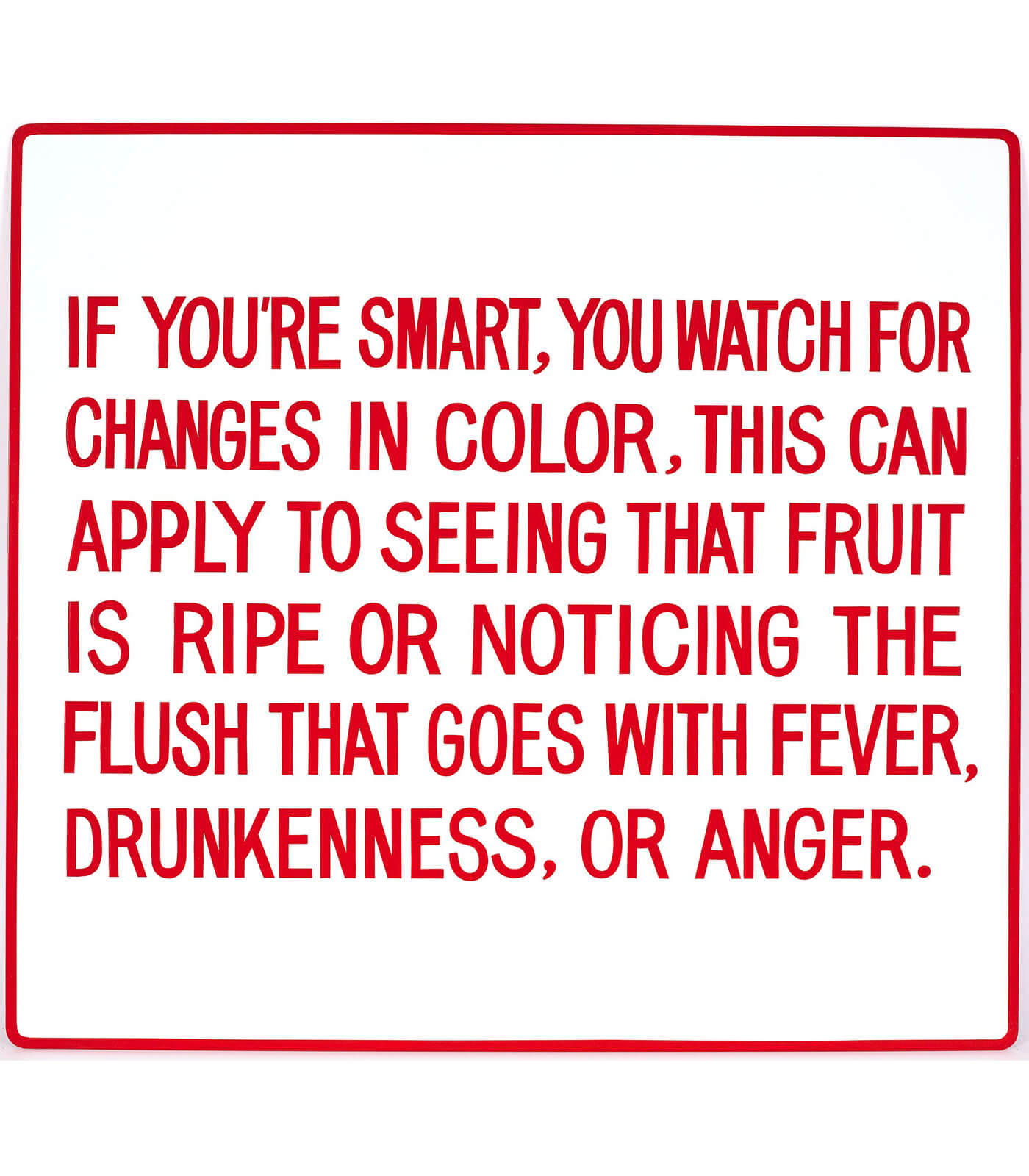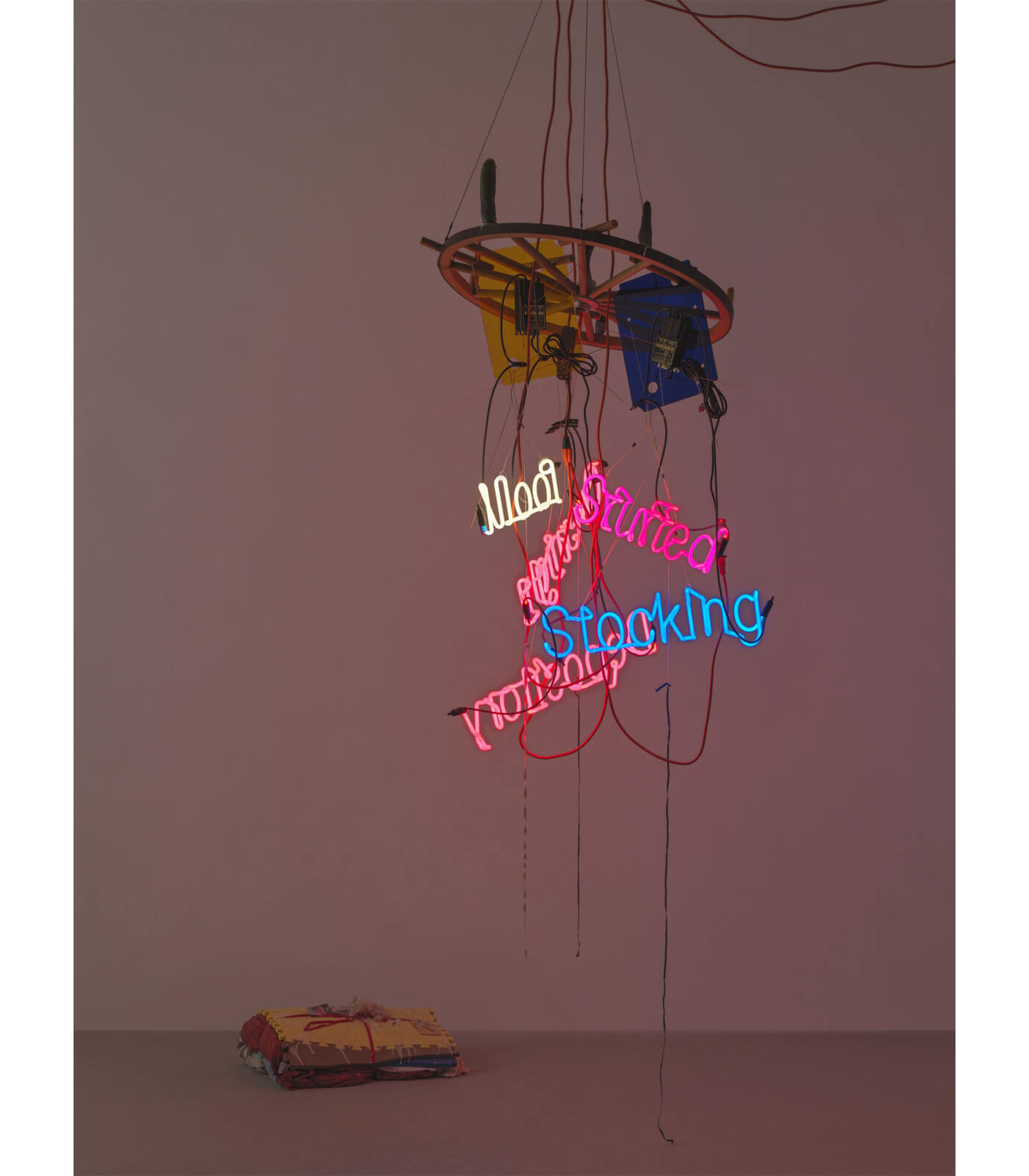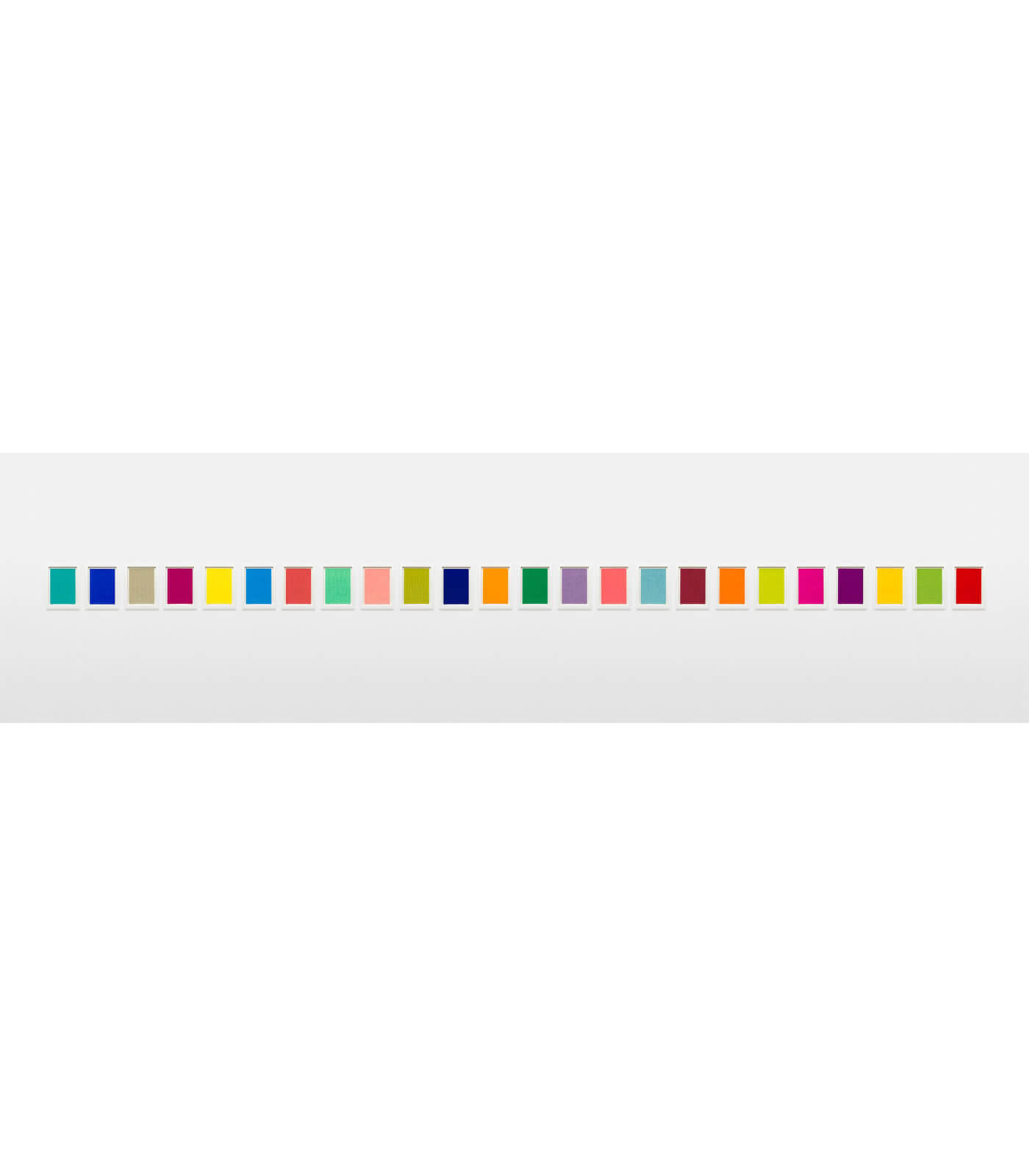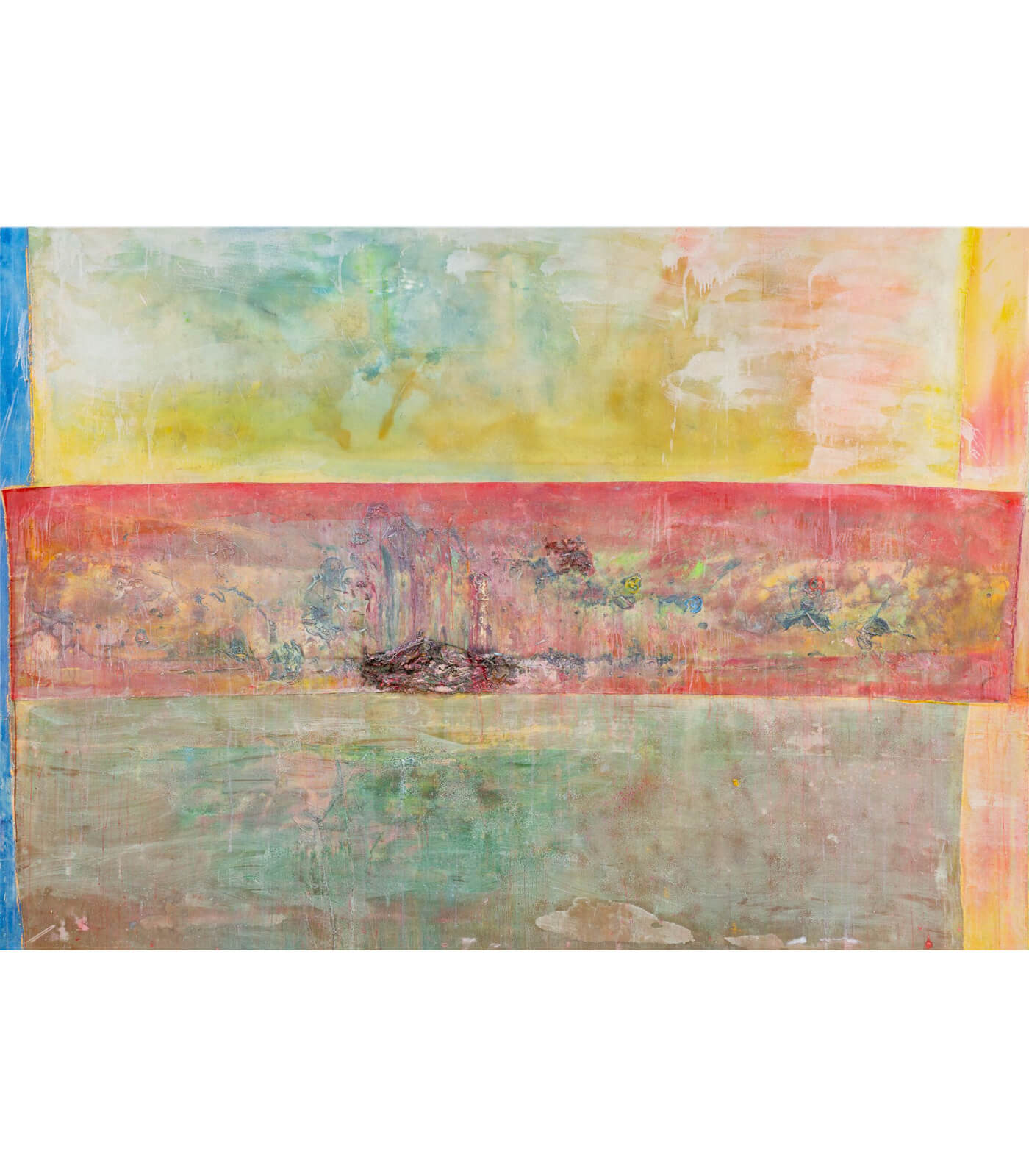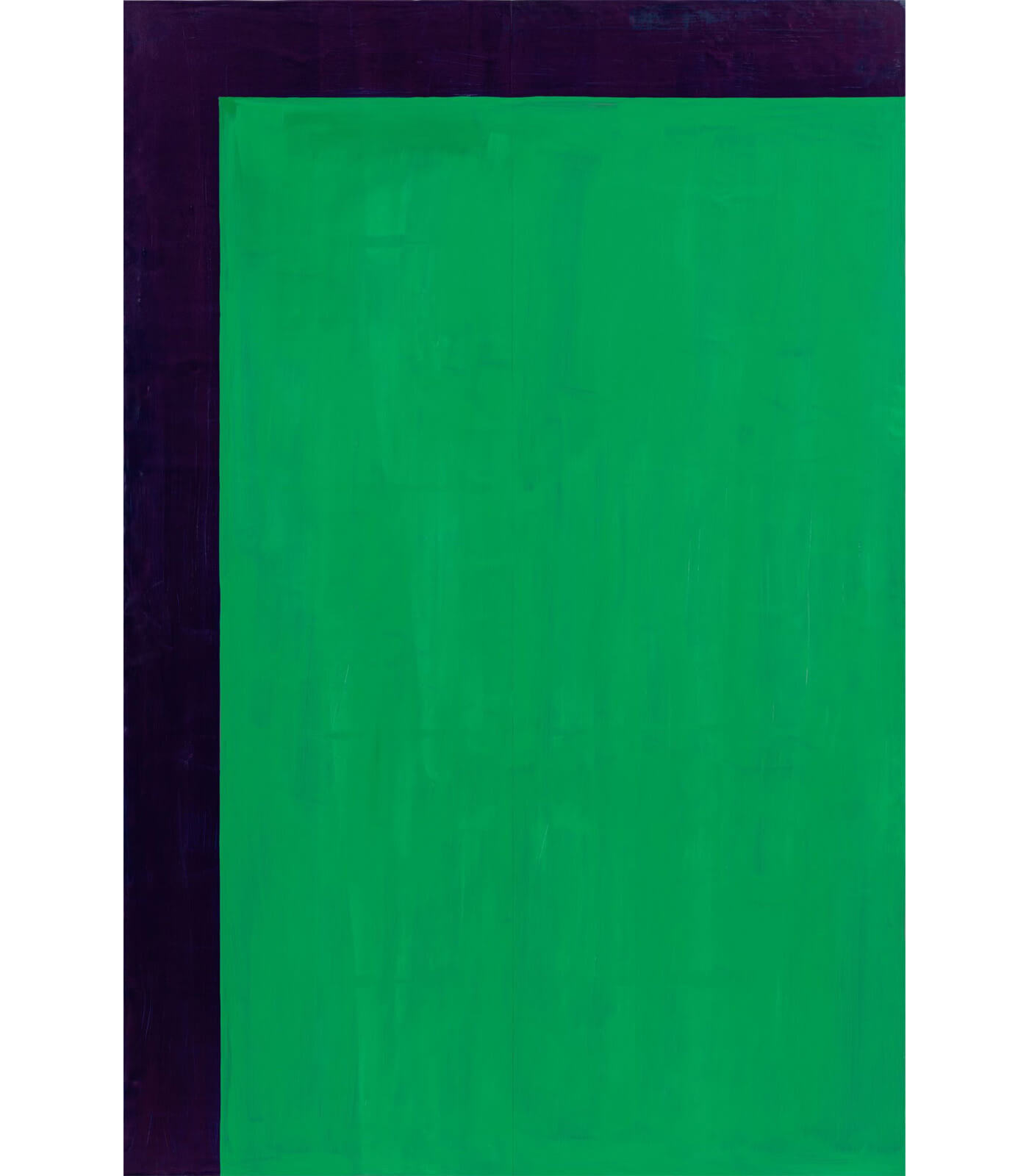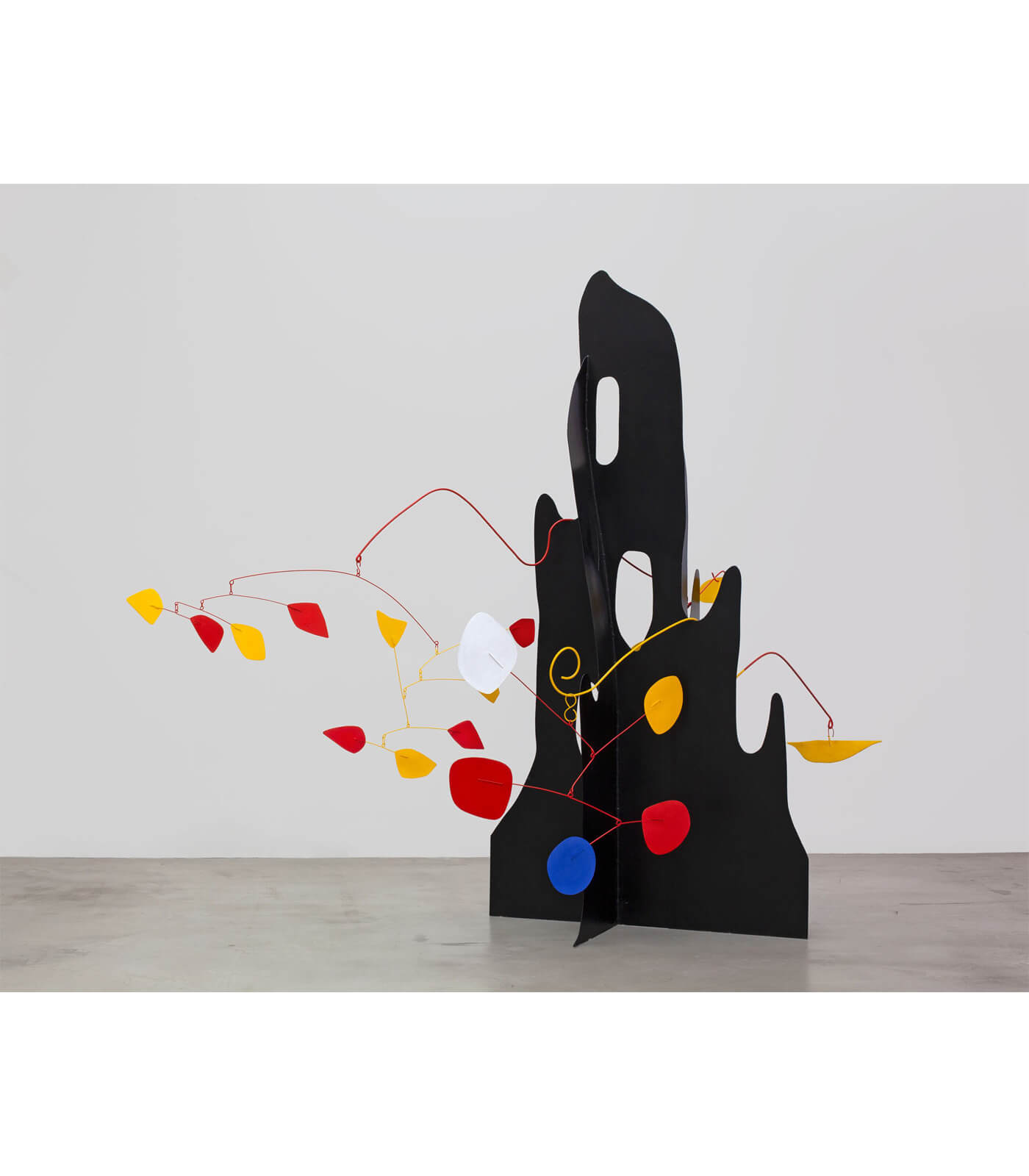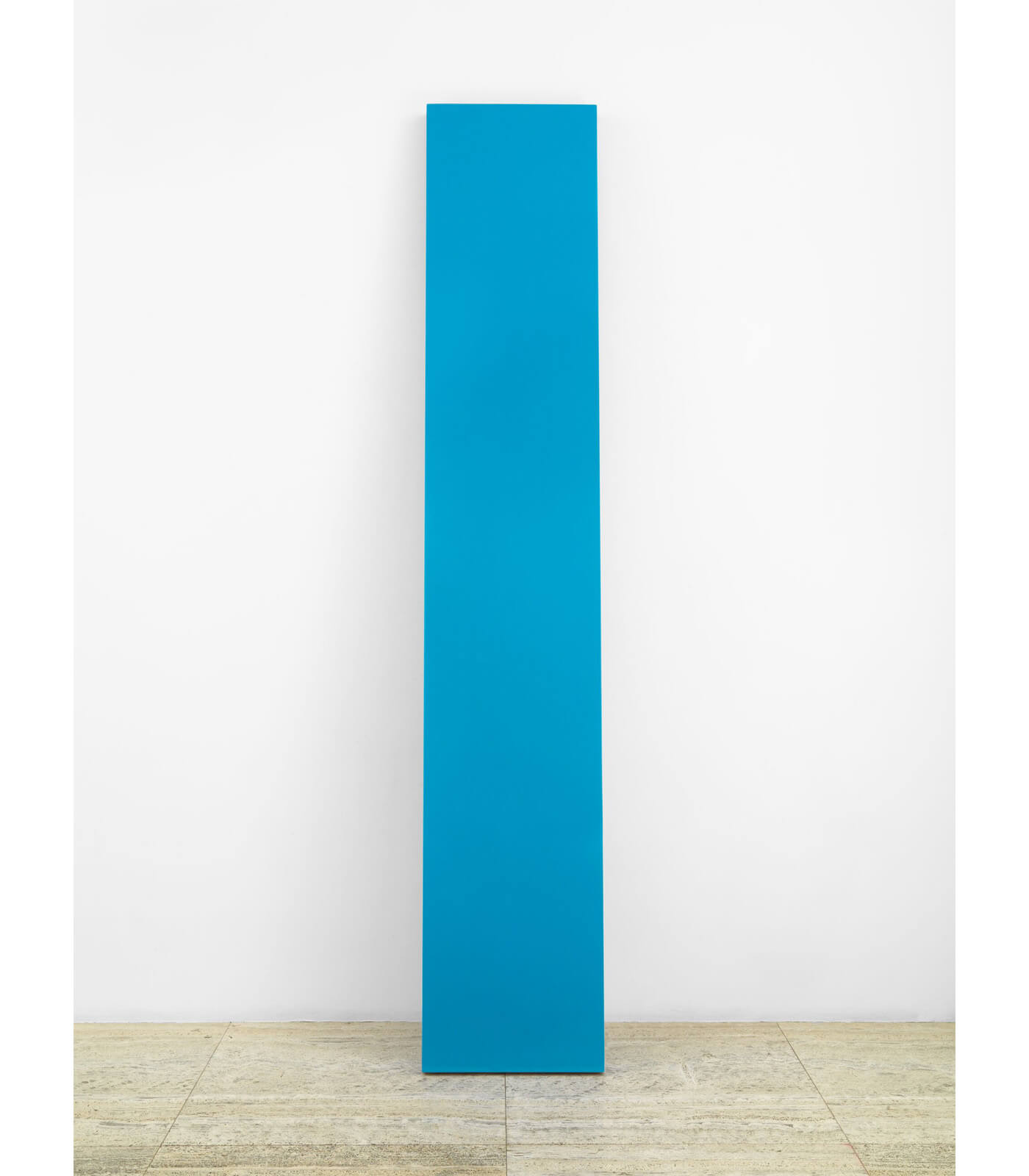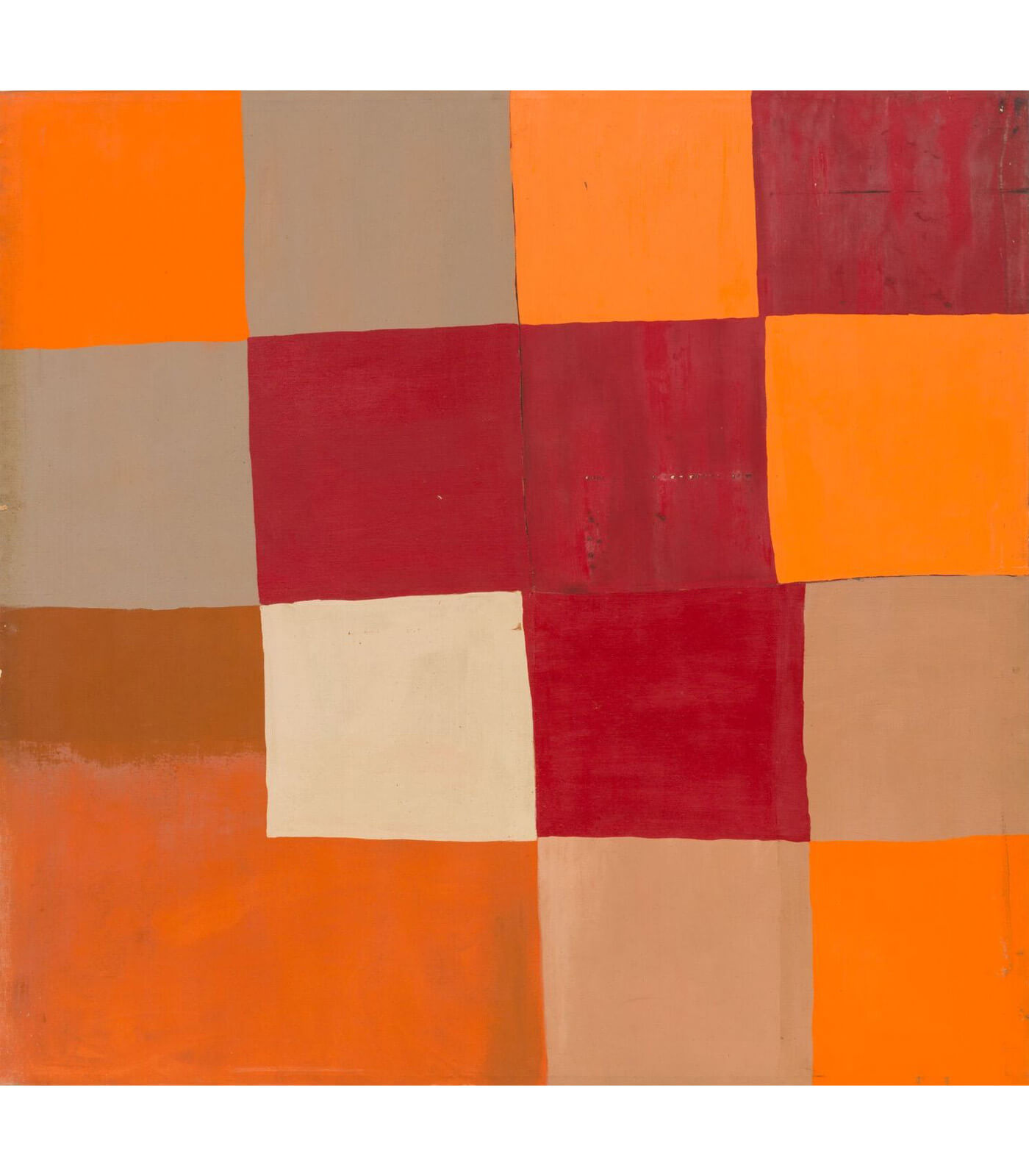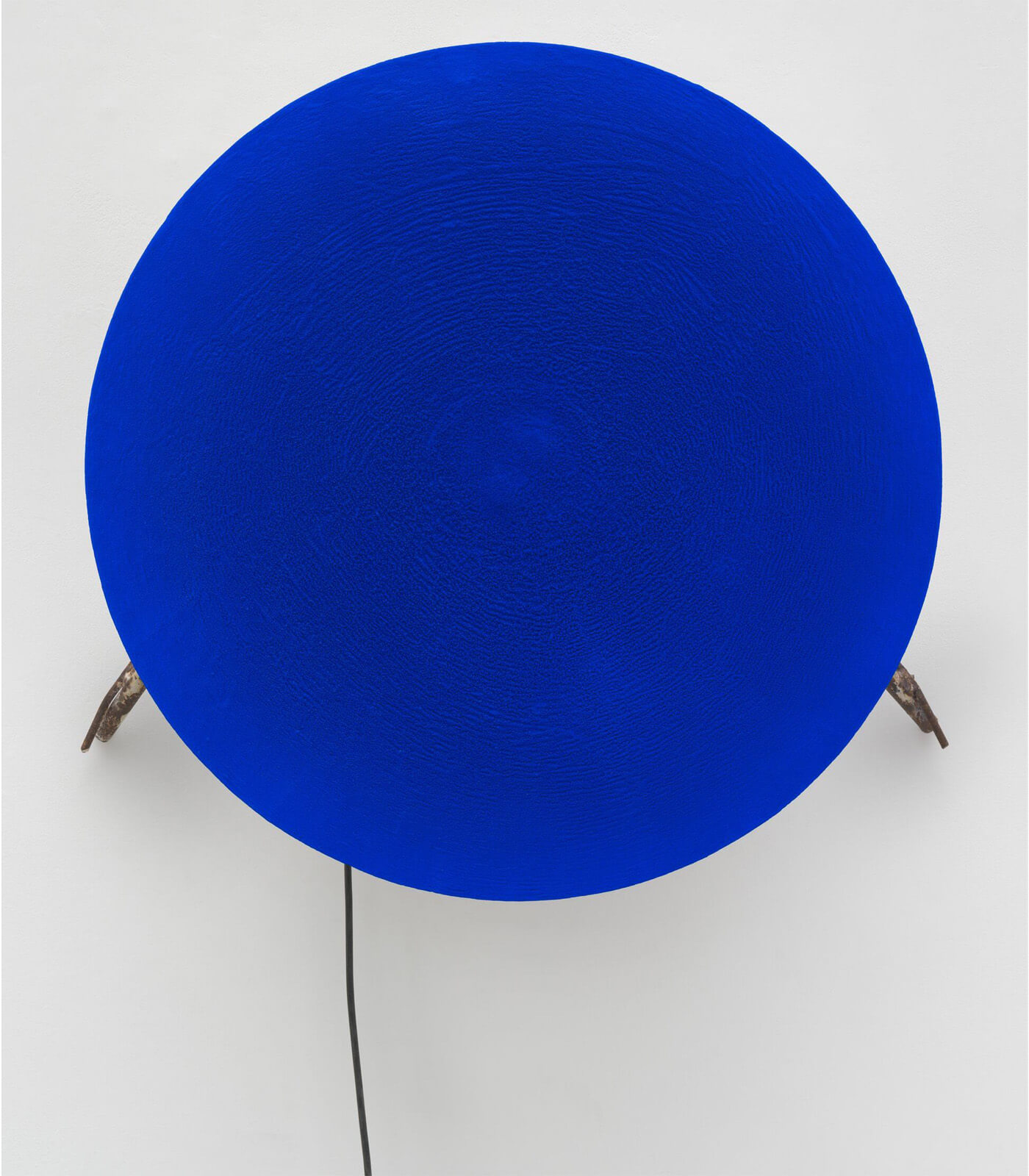
Chromophilia
20 January – 9 March 2022
Zurich, Limmatstrasse
‘The obvious thing to say is that colour speaks for itself in art, and that any attempt to speak on its behalf is bound to fail. And yet for all the small talk that might happily be silenced forever, there is at the same time a bigger silence around the very subject of colour in art...’—David Batchelor, Chromophobia (2000)
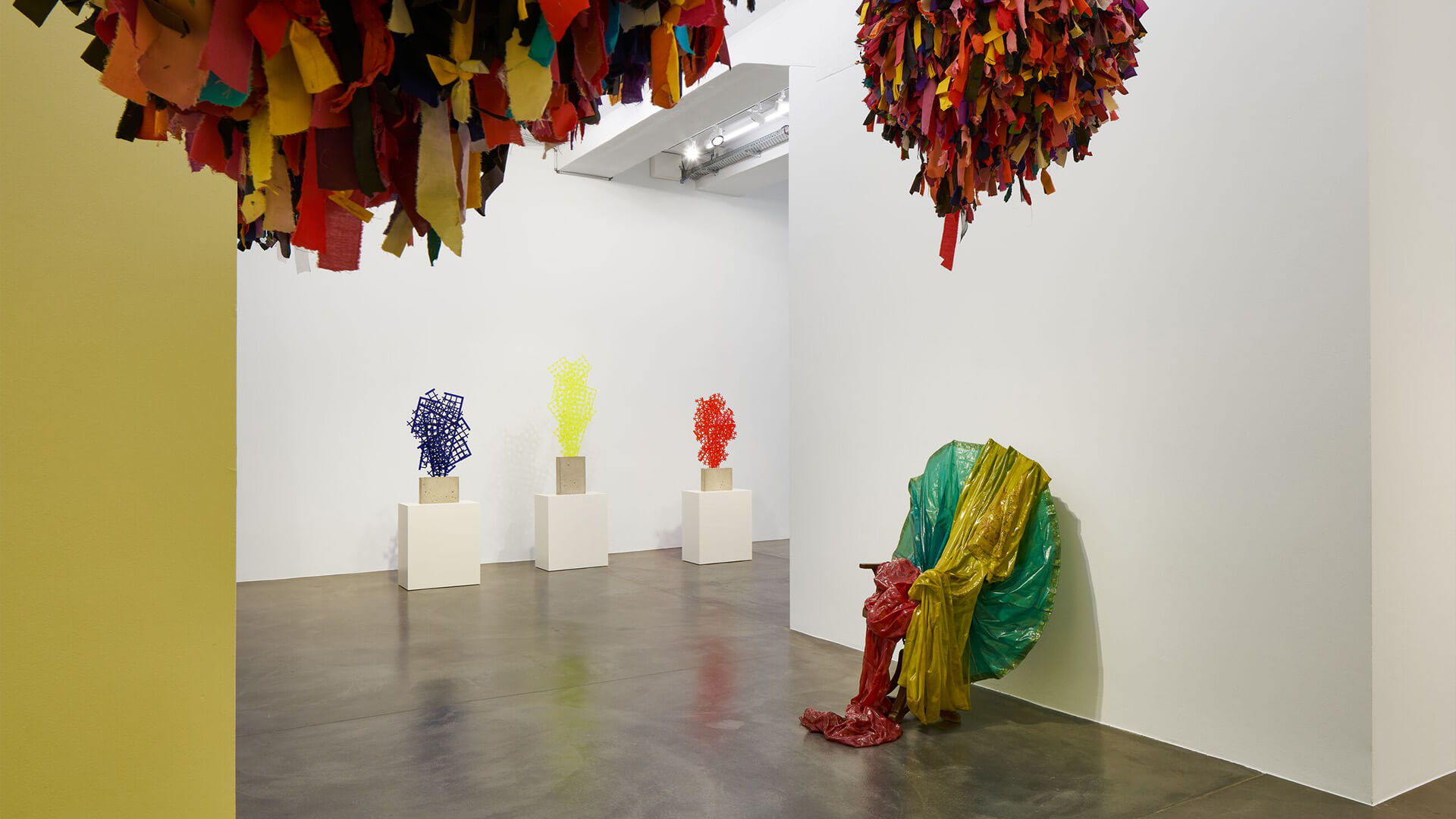
Explore the exhibition
Colour is not a simple subject. In this group exhibition, titled ‘Chromophilia’ meaning the love of colour, the artists on view trace the complexity and possibility of colour, emancipated to differing degrees from line and form, within their chosen medium either synthetic or found – from liquid paint to sewn fabric, from coloured glass to LEDs, from neon to bindis.
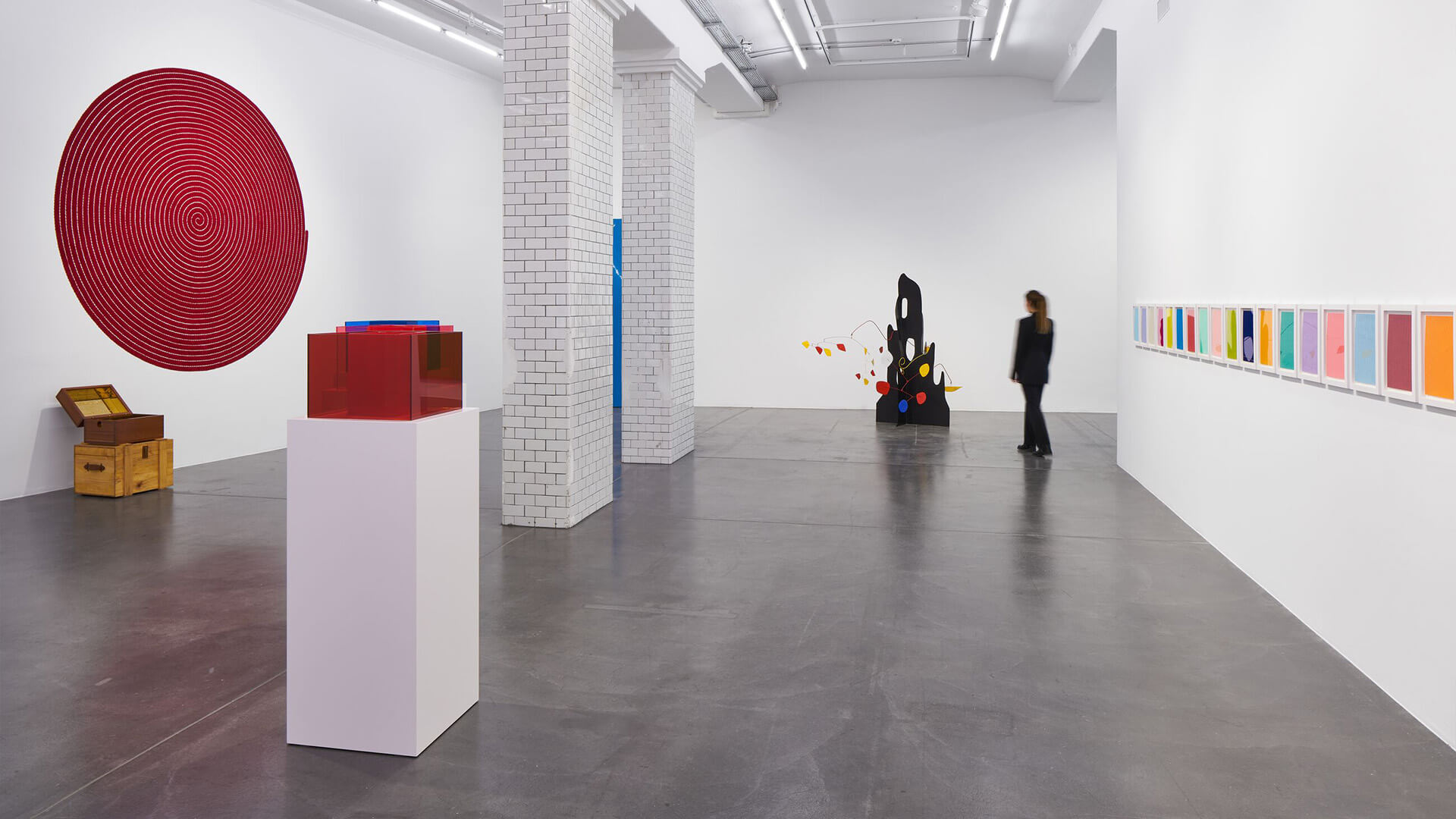
‘Chromophilia’ brings together paintings, collages, sculptures and installations by artists including Phyllida Barlow, David Batchelor, Larry Bell, Louise Bourgeois, Frank Bowling, Geta Brătescu, Alexander Calder, Martin Creed, Günther Förg, Mary Heilmann, Jenny Holzer, Roni Horn, Bharti Kher, Yves Klein, John McCracken, Jason Rhoades, Pipilotti Rist, Sophie Taeuber-Arp and Elisabeth Wild.
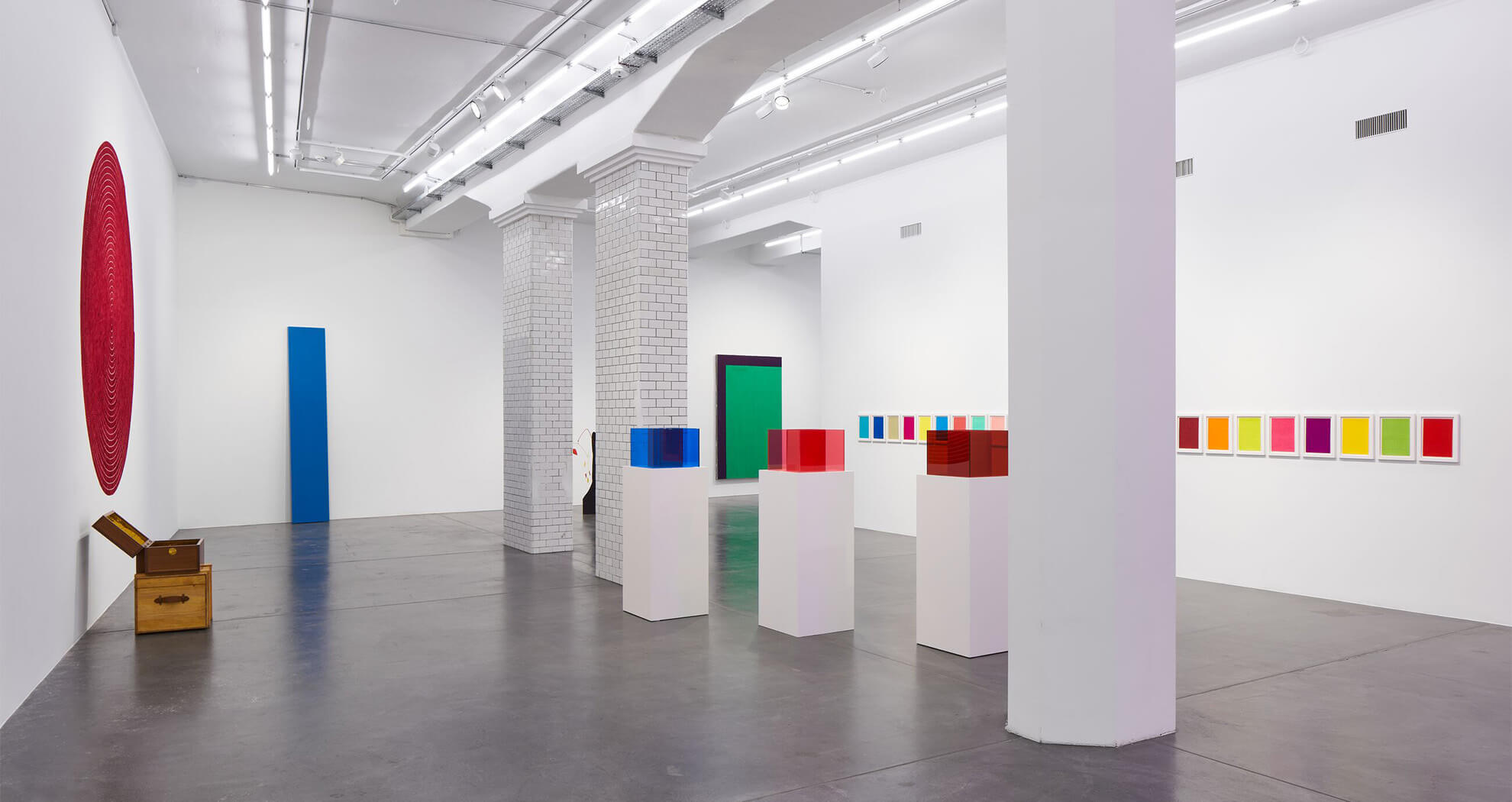
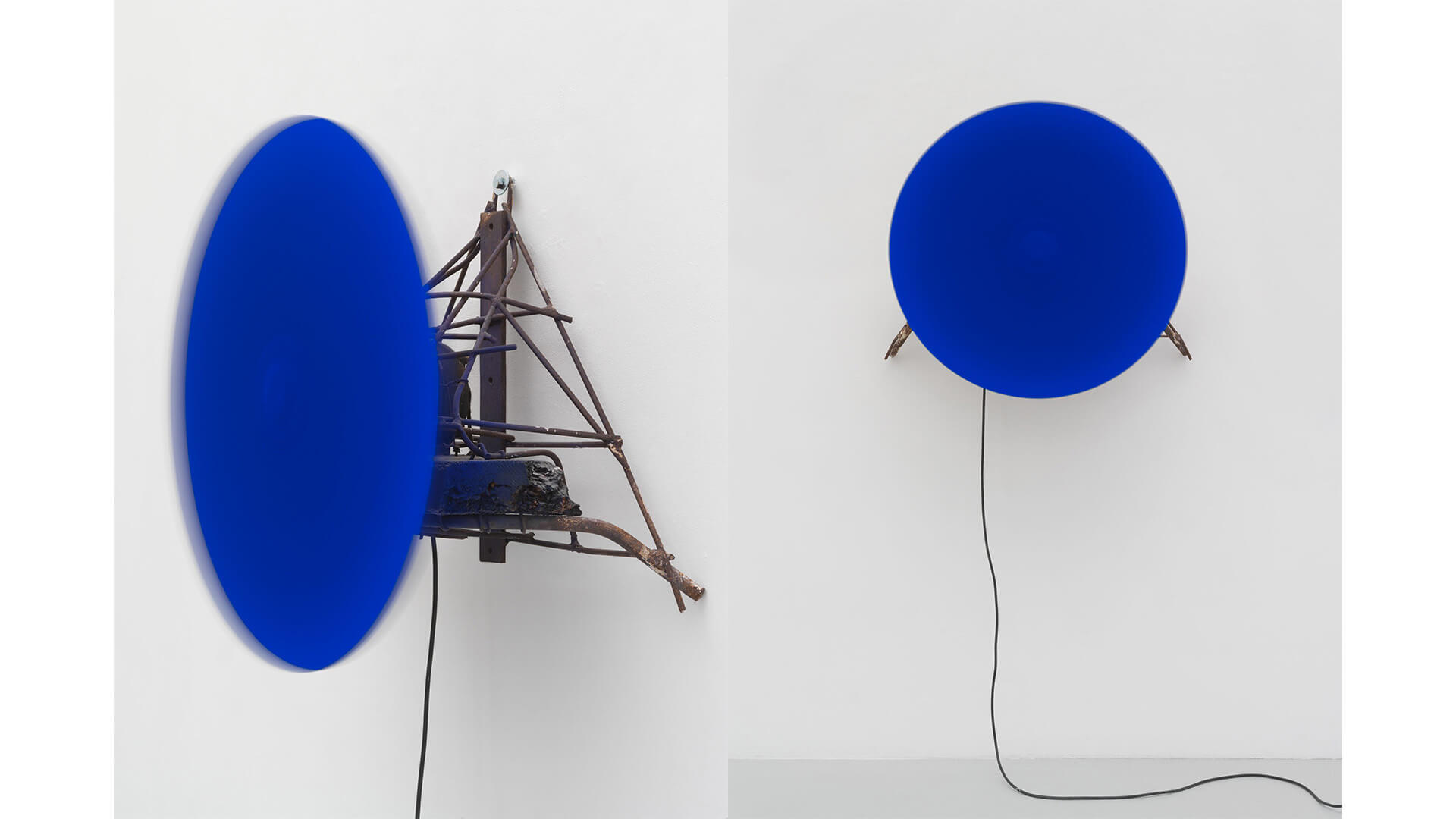
Until the 20th Century, colour in European, or Western, art was largely subordinated to line and form. The emancipation of colour in modern art came with the advent of movements such as impressionism, pointillism, fauvism, or the aptly named Blue Rider, and with the early development of modernist abstraction. The role of colour changed radically with the work of pioneering artists from Hilma af Klint to Hélio Oiticica, and with Yves Klein, whose work ‘Total Speed (Crazed Blue)’ 1958, a collaboration with Jean Tinguely, is on view in the exhibition.

A concentration on colour remains a complex topic and the radical, though deceptive, simplicity of the use of single colours, particularly as monochromes, has been one of its most challenging aspects. Extending beyond the monochrome to explore close colour contrasts, Larry Bell’s early oil on canvas ‘Untitled’ (1959) ranges from orange and taupe to sienna and wine. This work anticipates his vibrantly tinted glass sculptures, such as ‘Pacific Red (IV)’ (2016-2017). Both show him to be a formidable colourist.
Colour has the capacity to work in myriad ways, representing opposing psychological states, from exuberant joy to crushing despair. Like music, brilliant colour can lift our spirits or stimulate memory; and artists have often turned to synaesthesia to develop their work.
Colour, however, can be and frequently is highly symbolic, and often it is politicised, representing partisan ideologies, playing a role in activism or denoting race and gender. Colour is not impartial and white is also a colour, not necessarily or merely its absence. Colour is historically defined and located; it changes according to its given cultural associations. In the short, dark days of winter we embrace intense and magnificent colour in festivals and celebrations that serve to reinforce identity.
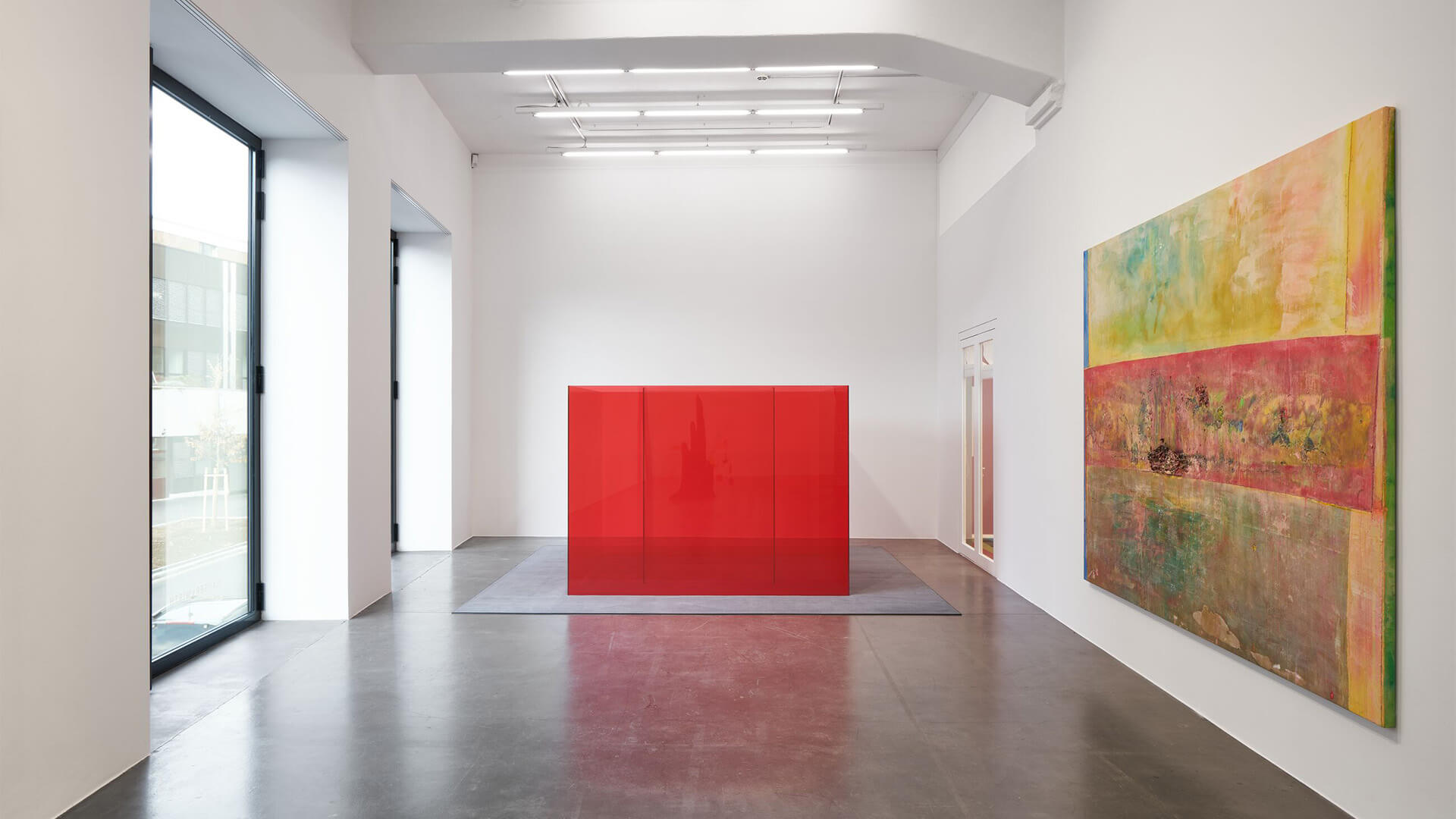
Throughout his career Frank Bowling has engaged with the complexity of colour in painting, and has developed his own highly original approaches to chromatic abstraction. His work ‘Swimmers’ (2020) presents the viewer with a dense, layered surface, composed from acrylic paints and gels, collaged canvas and found materials or objects.
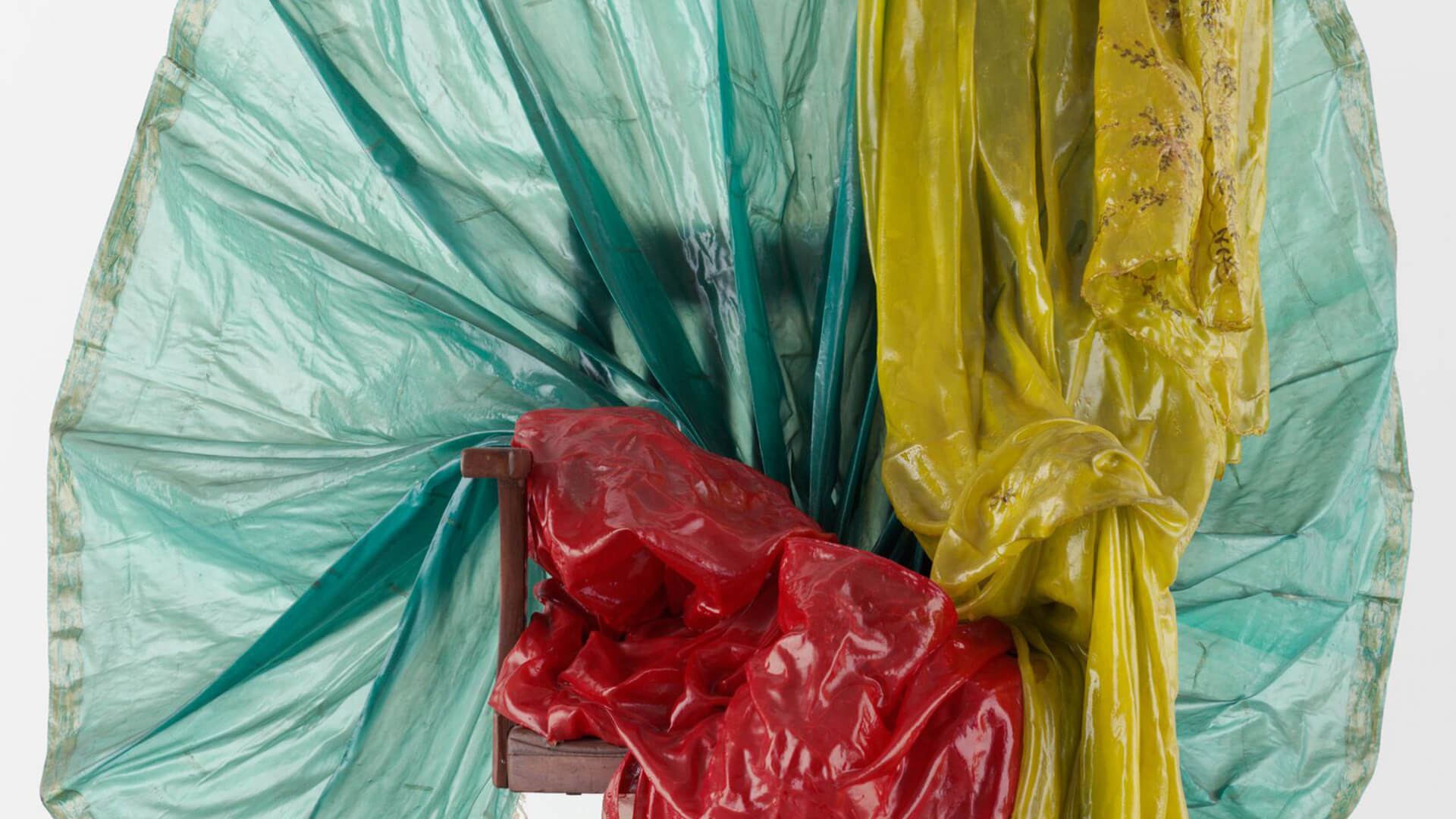
Bharti Kher’s sculpture ‘Peacock’ (2011) employs sari fabrics dipped in resin; by forming the bright green, shimmery blue and regal red fabrics into a peacock-like shape, Kher draws our attention to the transformation of everyday materials, likewise to the relation of colour to the body, and also to the important roles colour plays in India.

Occupying the full height of the exhibition space, Pipilotti Rist’s immersive installation ‘Wohnzimmerdisco ohne Angst (Living Room Disco without Fear)’ (2009) combines carpets and curtains, with sound and light to create a shower of vivid colour tones. David Batchelor’s ‘Chromodisc’ (2019) is a sculptural clock that uses light to move through the colour spectrum over the course of an hour. Overall, the artists included in ‘Chromophilia’ deploy colour always in inventive and extraordinary ways, helping us to see and experience our world anew.

On View in Zurich, Limmatstrasse
‘Chromophilia’ is on view now through 9 March 2022 at Hauser & Wirth Zurich, Limmatstrasse.
About the Artists

Roni Horn
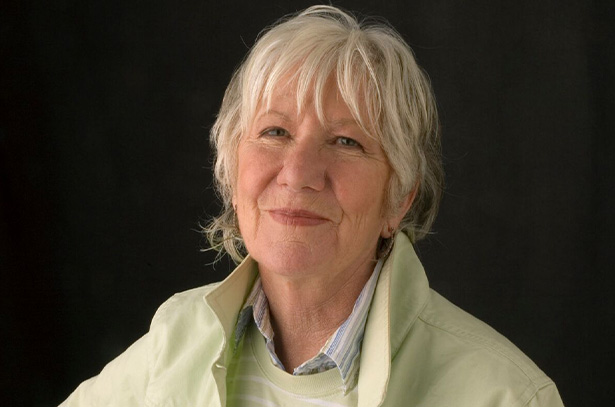
Mary Heilmann

Pipilotti Rist

Bharti Kher
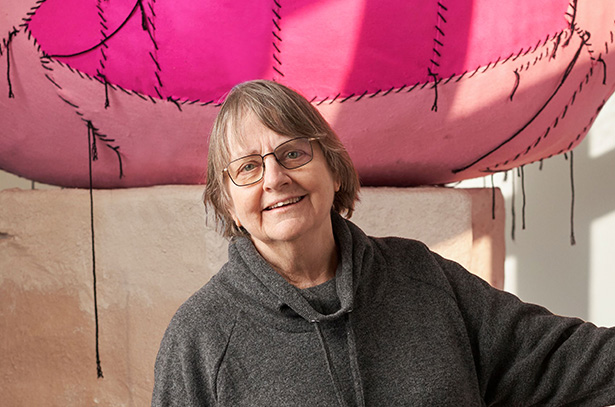
Phyllida Barlow
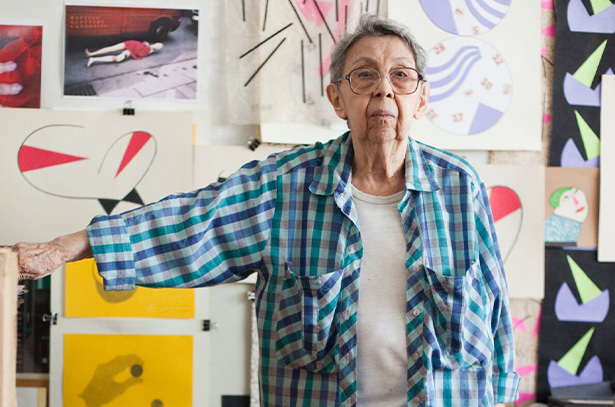
Geta Brătescu
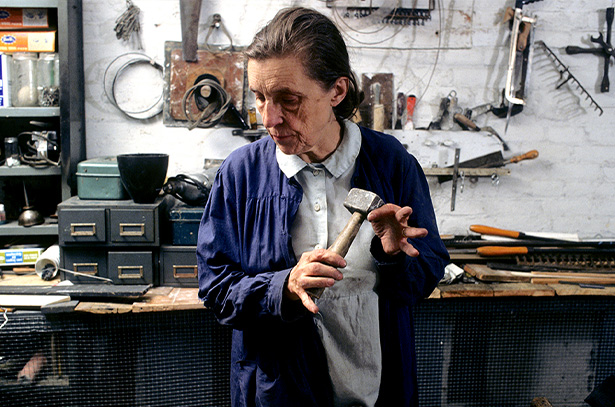
Louise Bourgeois

Sophie Taeuber-Arp

Jenny Holzer

Jason Rhoades
Inquire about available works
‘Chromophilia’ is on view now through 9 March 2022 at Hauser & Wirth Zurich, Limmatstrasse.
Related Content
Current Exhibitions
1 / 12
